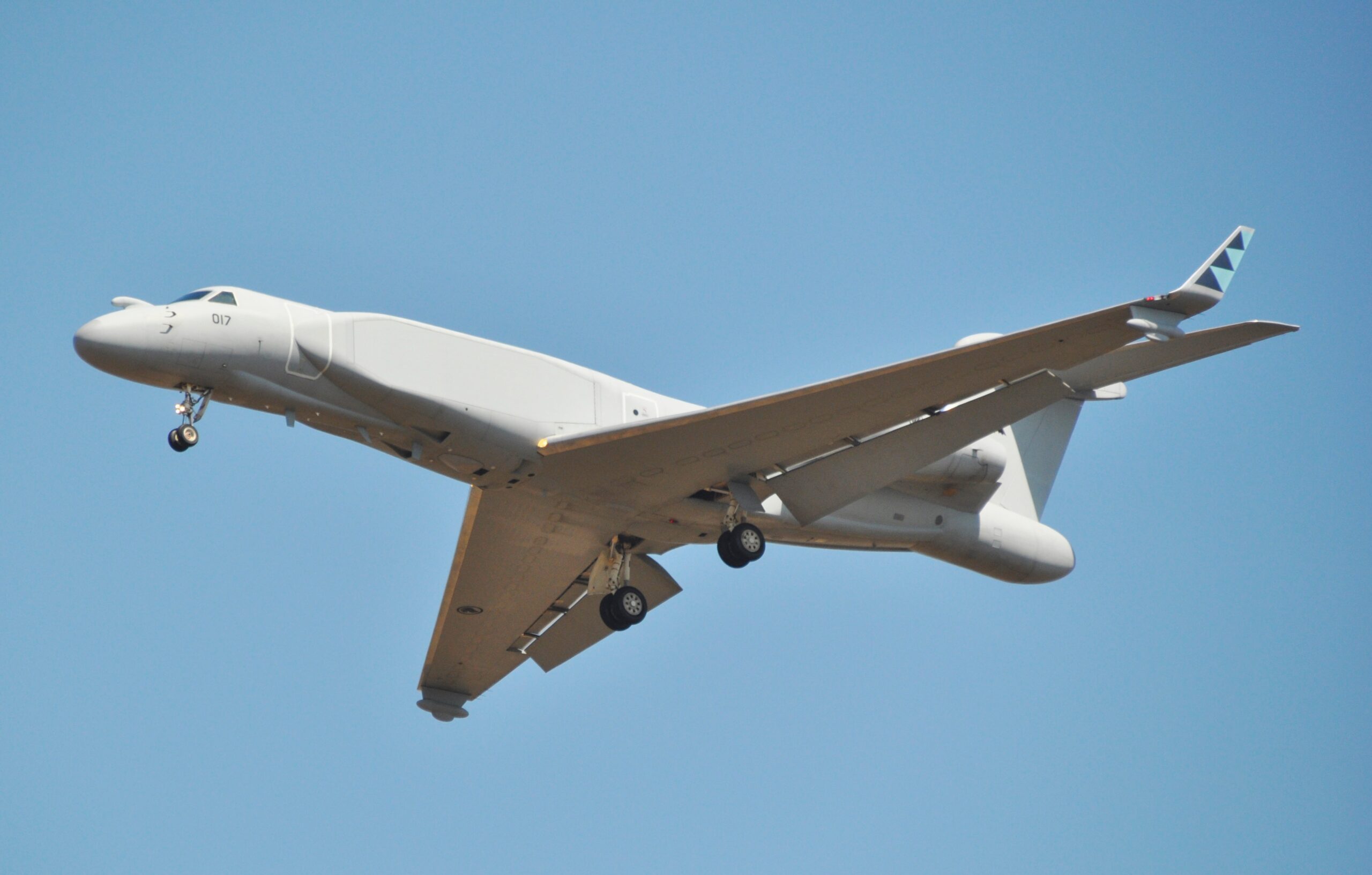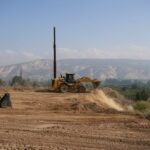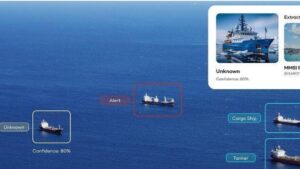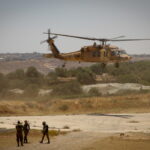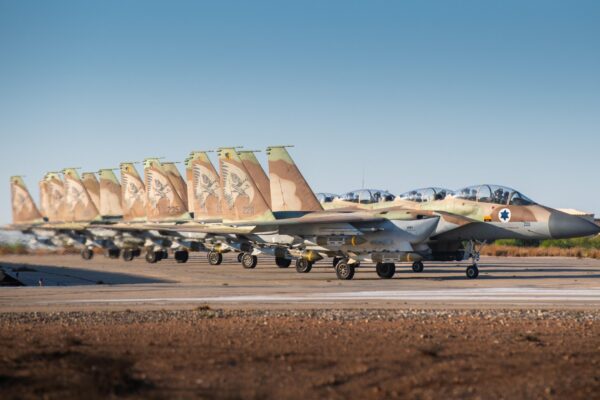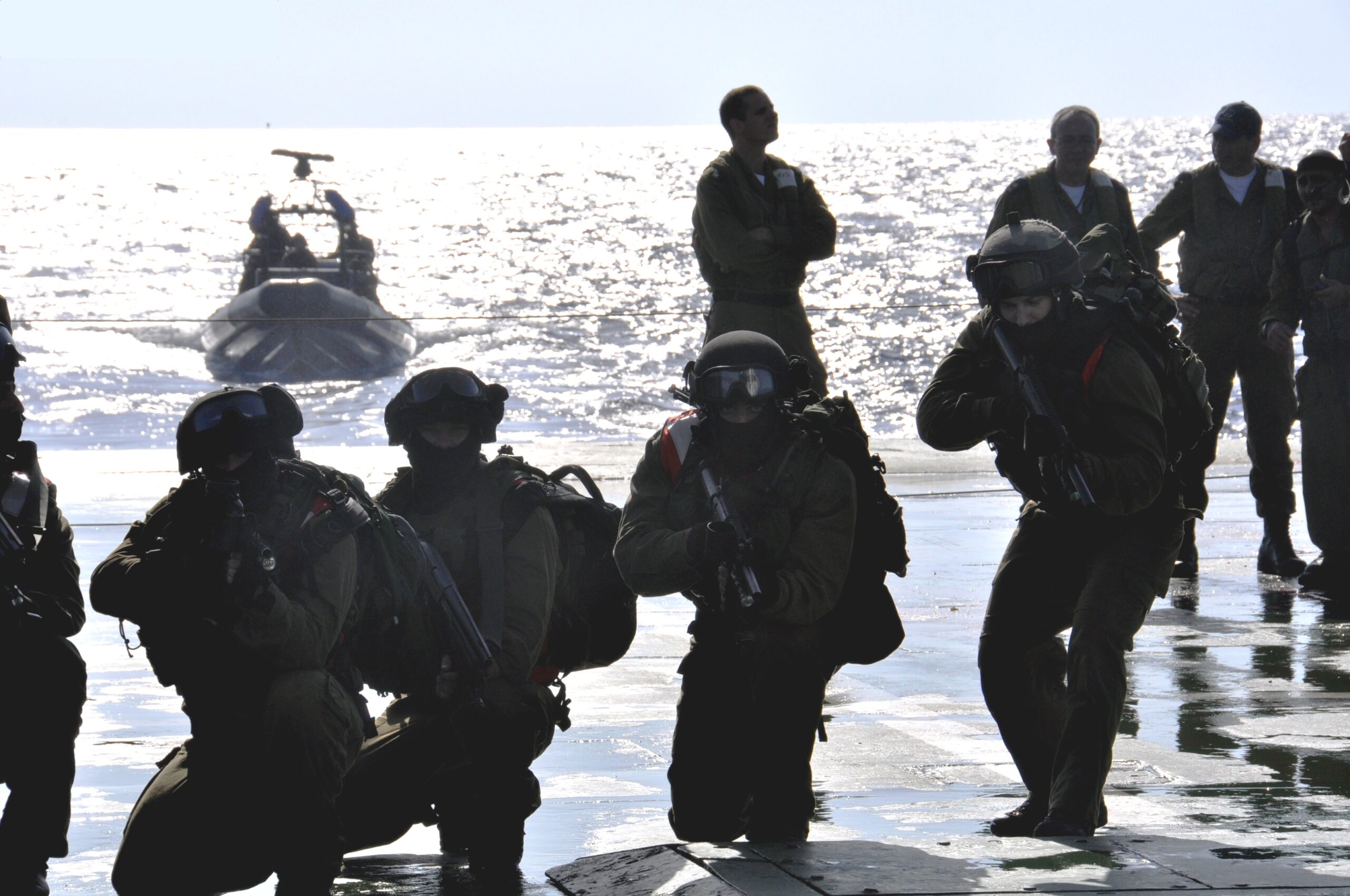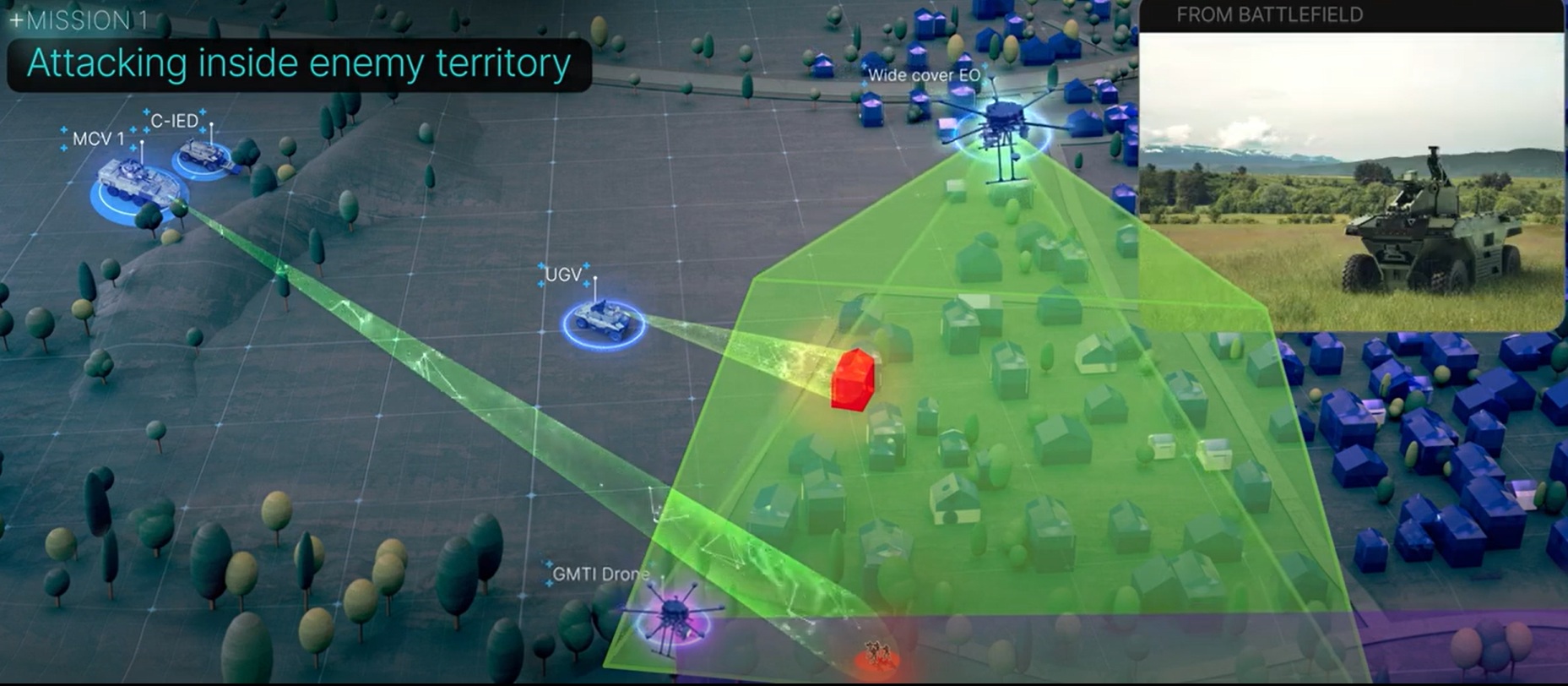Surrounded by enemy’s Israel has invested heavily in early warning systems to detect attacks before they materialize.
By Hezy Laing
Airborne ISR systems search for missiles, drones, aircraft, ships, and ground activity.
They can detect threats within seconds to minutes of launch or movement, giving country’s the critical reaction time needed to activate its layered defense network.
Israel is regarded as a world leader in early warning defense technology because it has developed some of the most advanced airborne command, control, and ISR (intelligence, surveillance, reconnaissance) platforms outside the United States, combining cutting‑edge radar, sensors, and AI‑driven systems to provide unmatched situational awareness.
Israel’s reputation in this field stems from decades of necessity. Surrounded by adversaries and facing existential threats, the country invested heavily in early warning systems to detect attacks before they materialize.
This led to the creation of advanced airborne ISR assets such as the Oron mission aircraft and the EL/W‑2085 Conformal Airborne Early Warning & Control (CAEW) system.
The Oron aircraft, introduced in 2023, is based on the Gulfstream G550 platform and integrates multi‑sensor surveillance, AI‑driven analysis, and real‑time command capabilities.
It can monitor vast areas of land and sea simultaneously, providing early warning of missile launches, troop movements, or naval threats.
Israel pressed the Oron into service during the Gaza war following the October 7 attacks, where it carried out hundreds of sorties and was described by analysts as “possibly the planet’s most advanced ISR aircraft”.
Another cornerstone is the EL/W‑2085 radar system, developed by Israel Aerospace Industries (IAI) and Elta Systems.
Unlike traditional rotating radomes, it uses active electronically scanned array (AESA) technology, allowing beams to be steered electronically for faster, more precise detection.
This system equips Israel’s Nachshon Squadron and has also been exported to countries like Italy and Singapore, underscoring its global impact.
Israel’s ISR assets are vital because they provide persistent surveillance, early warning of missile and drone attacks, and real‑time coordination of air defense systems like the Iron Dome, David’s Sling, and Arrow.
By integrating airborne command platforms with ground‑based interceptors, Israel ensures a layered defense that can respond within seconds.
Compared to other nations, Israel’s airborne ISR capabilities are often ranked just behind the United States.
While the U.S. operates fleets of AWACS and Rivet Joint aircraft, Israel has achieved similar effects with fewer resources, leveraging innovation and necessity.
The Oron, for example, is seen as comparable to America’s RC‑135 Rivet Joint and E‑8 JSTARS, but with a smaller footprint and advanced AI integration.
Israel exports some of its airborne early warning systems, particularly the EL/W‑2085 Conformal Airborne Early Warning & Control (CAEW) radar, but its most advanced ISR aircraft like the Oron remain exclusive to the Israeli Air Force.
Israel’s leadership in early warning defense technology comes from its Oron ISR aircraft, EL/W‑2085 radar systems, and integration with missile defense networks.
These assets give Israel a strategic intelligence edge, enabling it to detect threats across the Middle East and maintain deterrence in one of the world’s most volatile regions.


